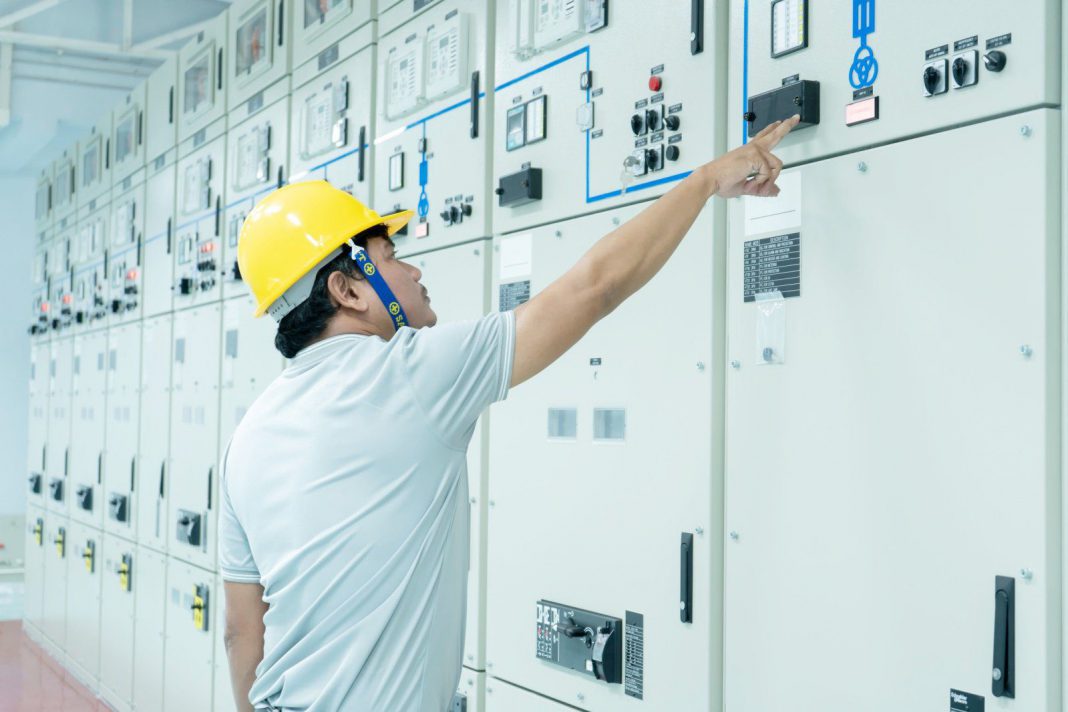Over the past few years, there has been a proliferation of connected vehicles, devices, equipment, and sensors, and organizations are looking for ways to securely gather the data these objects generate. This is where edge computing comes in—an entire ecosystem dedicated to collecting and analyzing that data has erupted, and it’s taking data infrastructures to the edge of their capabilities.
Global technology leader and digital solutions provider Schneider Electric recently presented a study that surveyed over 100 IT professionals in the Philippines to determine the state of edge computing in the country. Notable results showed that while 42%of the respondents are familiar with edge computing and have multiple edge sites, only 17% listed edge computing as the most urgent priority for their organizations. According to the study, the top industries that have adopted edge computing in the Philippines include banking and finance, education, business process outsourcing, healthcare, and retail.
Edge locations need the same resilience, security, and fault tolerance as centralized locations, especially as they support an increasing number of mission-critical applications. Managed service providers with the right capabilities and trusted reputations such as Schneider Electric offer peace of mind and operational efficiencies for edge deployments.
“Ensuring the necessary resilience and availability at the edge is not a simple matter. It requires having at least two major capabilities in place,” said Lim, who further elaborates, “First, remote monitoring and management of UPS and physical infrastructure. Second, data collection and analytics from monitoring equipment. This data improves the reliability and cost effectiveness of assets at the edge.”

These highly specific capabilities are not core competencies of most companies, and they do not cover all the expertise and manpower necessary to maintain support infrastructure. Turning to a managed services provider places the responsibility for infrastructure uptime into the hands of experts so end users can focus on the core of their business.
Managed services boost revenues for existing providers
“An increased need for managed services also represents opportunity for existing providers. For example, power protection at the edge is not something many end users consider,” explained Lim. “But an unmanned edge computing deployment without power is just another cost center. For existing services providers, adding power monitoring and protection to their portfolio of offerings invites additional recurring revenue streams.”
The story is the same for monitoring and dispatch services. When physical infrastructure in remote locations goes down, those sites need immediate attention. Most organizations don’t have a full-time response staff for such incidents, opening the door managed services providers. Solutions and services providers can earn additional business by offering remote monitoring or dispatch services.
Managed services keep edge ecosystem running smoothly
A 2021 survey, conducted by IT service management company Uptime Institute, found that the impact of data center downtime has grown in severity, making the availability of data centers, at the core and at the edge, a key concern for organizations. Maintaining availability is challenging, given edge data centers experience more frequent total facility outages than their centralized counterparts. The primary methods companies leverage to improve edge availability—investing in improved equipment and redundant equipment—are not cost-effective ways of ensuring uptime.
It’s clear that the growing edge ecosystem represents a two-pronged opportunity for managed services. End users can turn to managed services providers for cost-effective uptime of their edge deployments, and existing providers can work with partners to add new services to their portfolios.
“Regardless of where companies fall in the spectrum of offered services, the first step is to cultivate true partnerships. A typical service provider contract lasts three years. Customers must feel at ease knowing that contract brings them the latest offerings, keeps equipment in optimal condition, and prepares them for uncertainties and surprises,” said Lim. “With Schneider Electric, our partners are assured that the services and products we offer are high-quality, innovative, secure, and efficient.”
The edge is the present and future of infrastructure investments, especially in growing digital economies such as the Philippines. Appropriate managed services can keep the ecosystem running smoothly for all parties involved.














